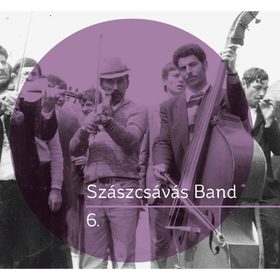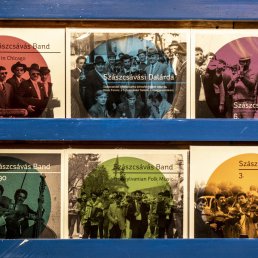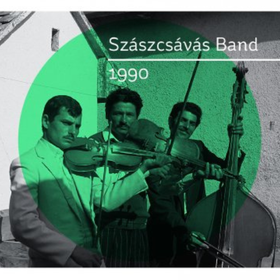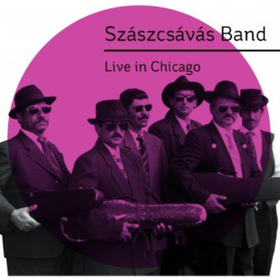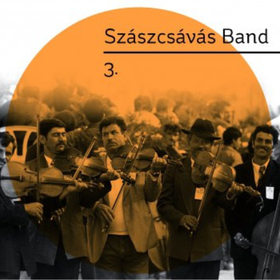Szászcsávás band
The Transylvanian village of Százcsávás /Ceuaș holds a special place in Hungarian music history. Despite the fact that monophonic singing is typical of the Hungarian folk – this is perhaps the only village where polyphonic singing is part of the tradition. It is the adopted and folklorized form of religious polyphonic singing brought at the end of the 18th century by Protestant theologians who had attended western European universities. Based on the number of parts and structural theory, researchers have traced the Százcsávás choral tradition back to the Basel school. The style of singing in five part chorus still functioning in the village today is sung by the young and old alike and is passed down from generation to generation in every Hungarian family in the village. Outside of chorus performances, singing in Százcsávás is polyphonic in church, at weddings, and other celebrations and occasions where popular folk-style composed songs dominate, but other traditional folk songs, tunes and dance songs are also sung.
Instrumental music in Transylvania was traditionally played by Gypsy musicians – and before World War II, also by Jewish musicians – that were hired to play for weddings and celebrations. The Gypsy musicians from Százcsávás have been famous in their region going back several generations now – and though they are not members of the chorus, they know the songs and style well. The community, being more musically demanding than average, does not tolerate weak musicians. By Transylvanian standards the village is relatively prosperous, but Gypsies there subsist on occasional farm work and brick making and live on the village’s ‘Gypsy row’. The only way to rise above their poor circumstances is through playing music. Many of the Gypsies play more than one musical instrument meaning mainly bowed string instruments; and more recently accordion, drum, saxophone, and electric organ. Today there are enough musicians living in the village to make several bands. The CDs have avoided the non-traditional instrumentation, therefore featuring the traditional bowed string sound. In earlier generations this sound was still the norm for Transylvanian folk dance music, but is slowly being replaced with electric music.
(Zoltán Szánthó)
